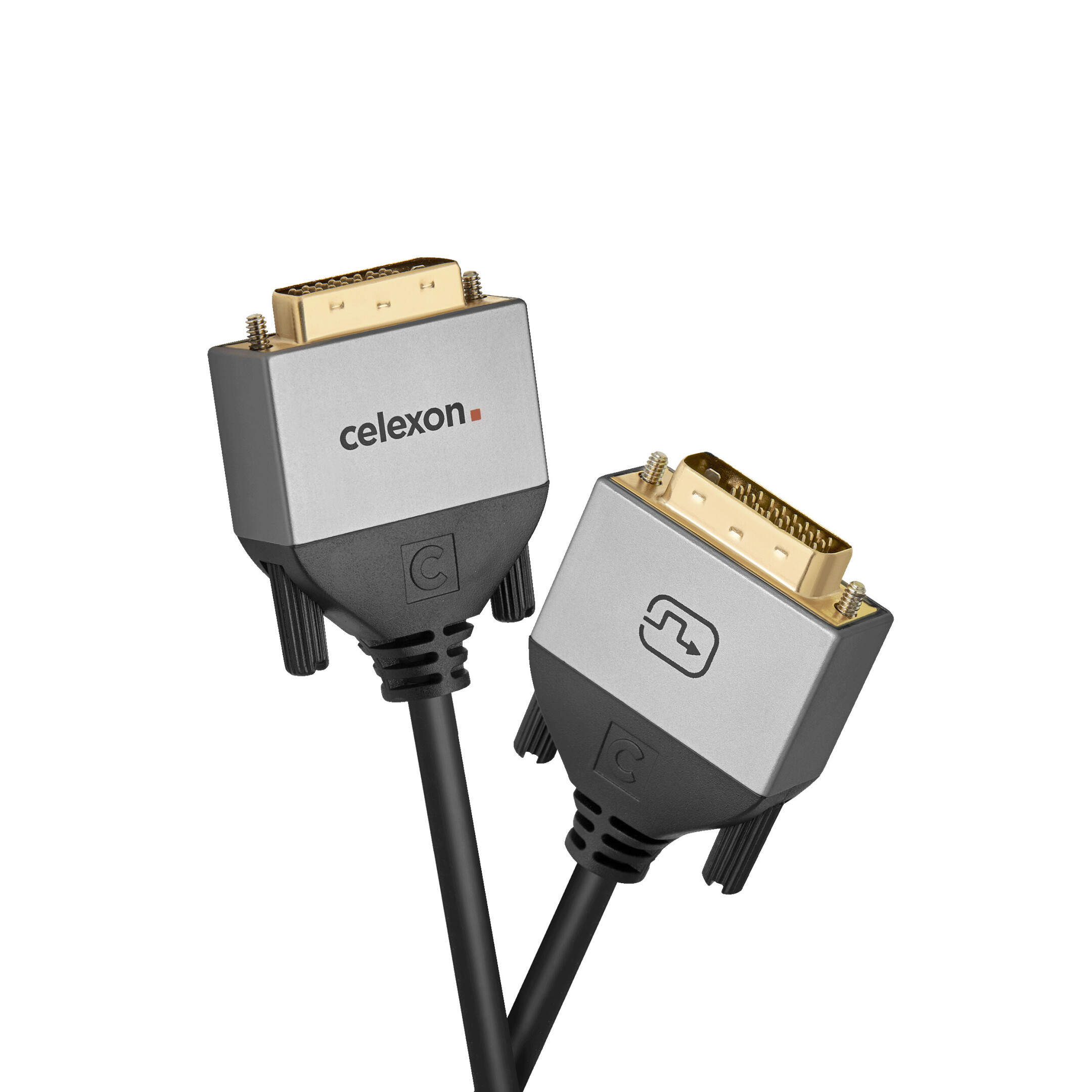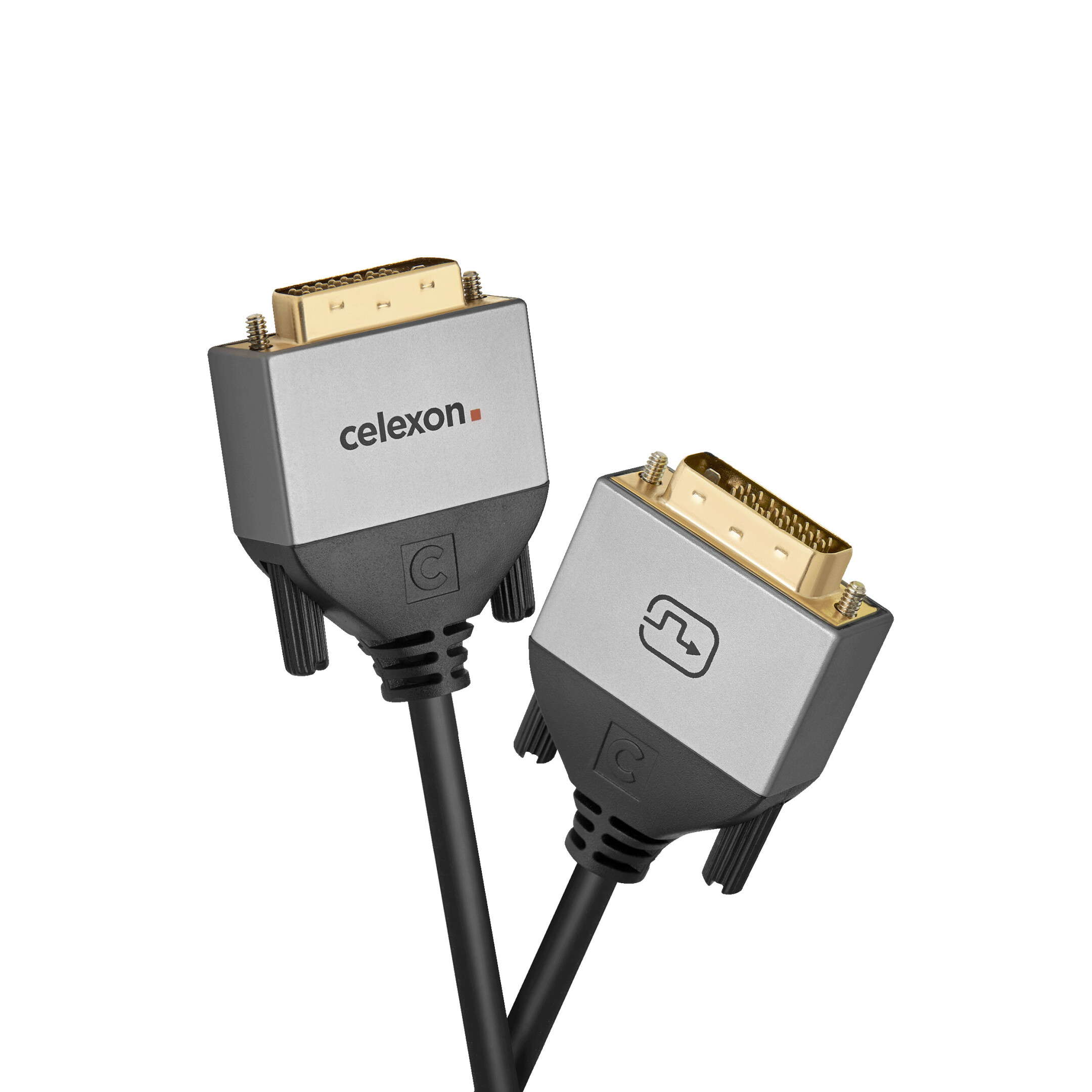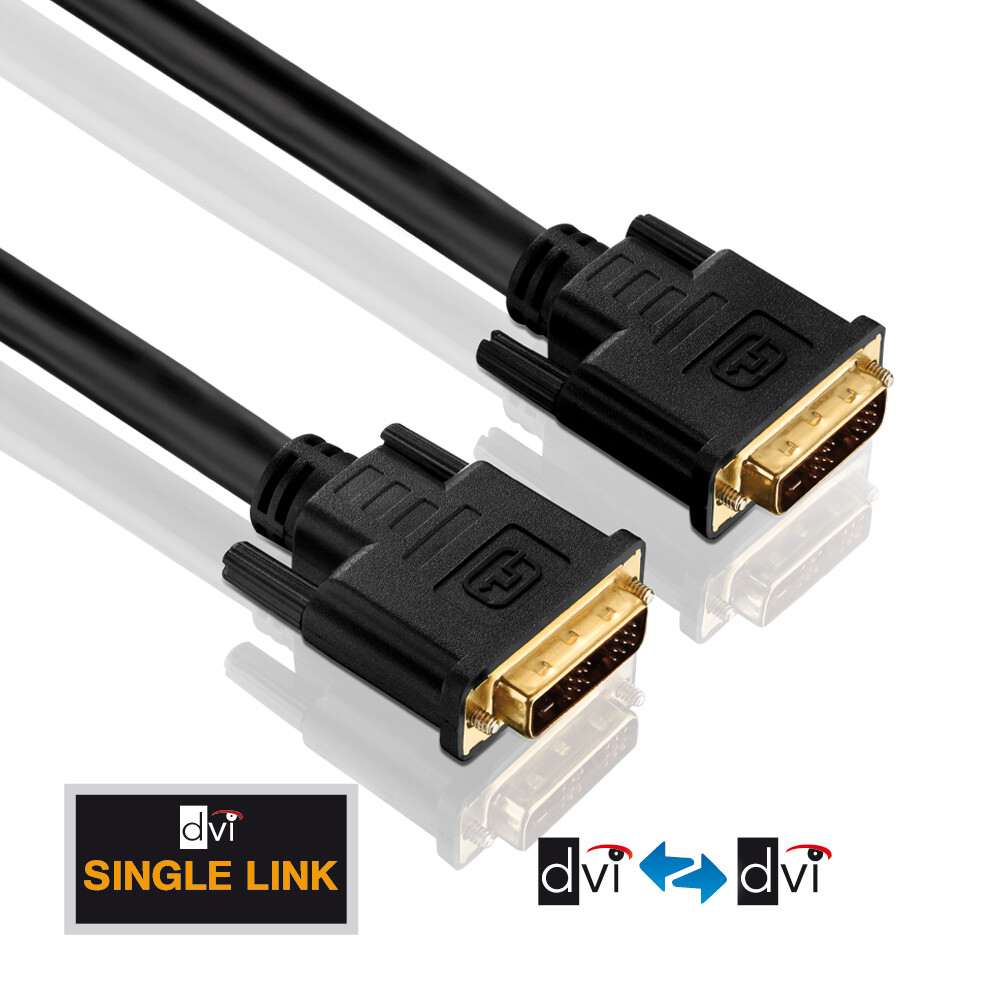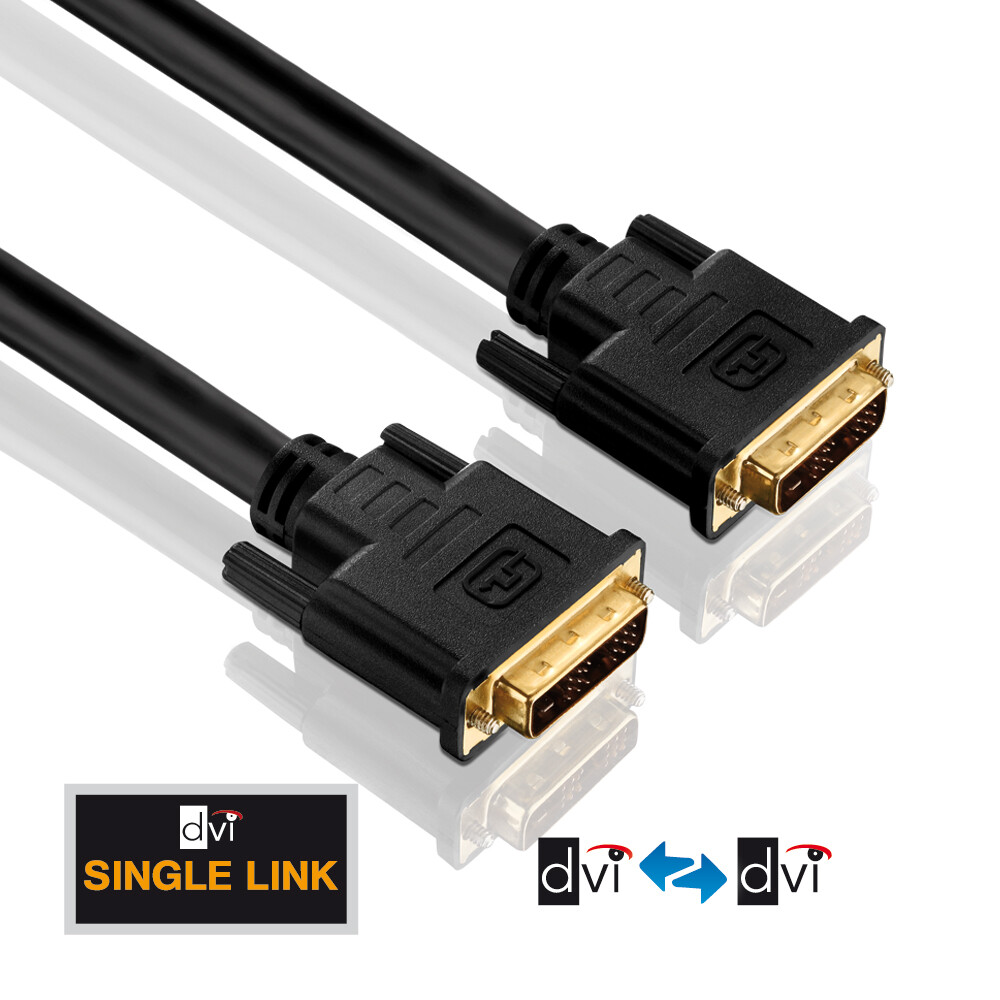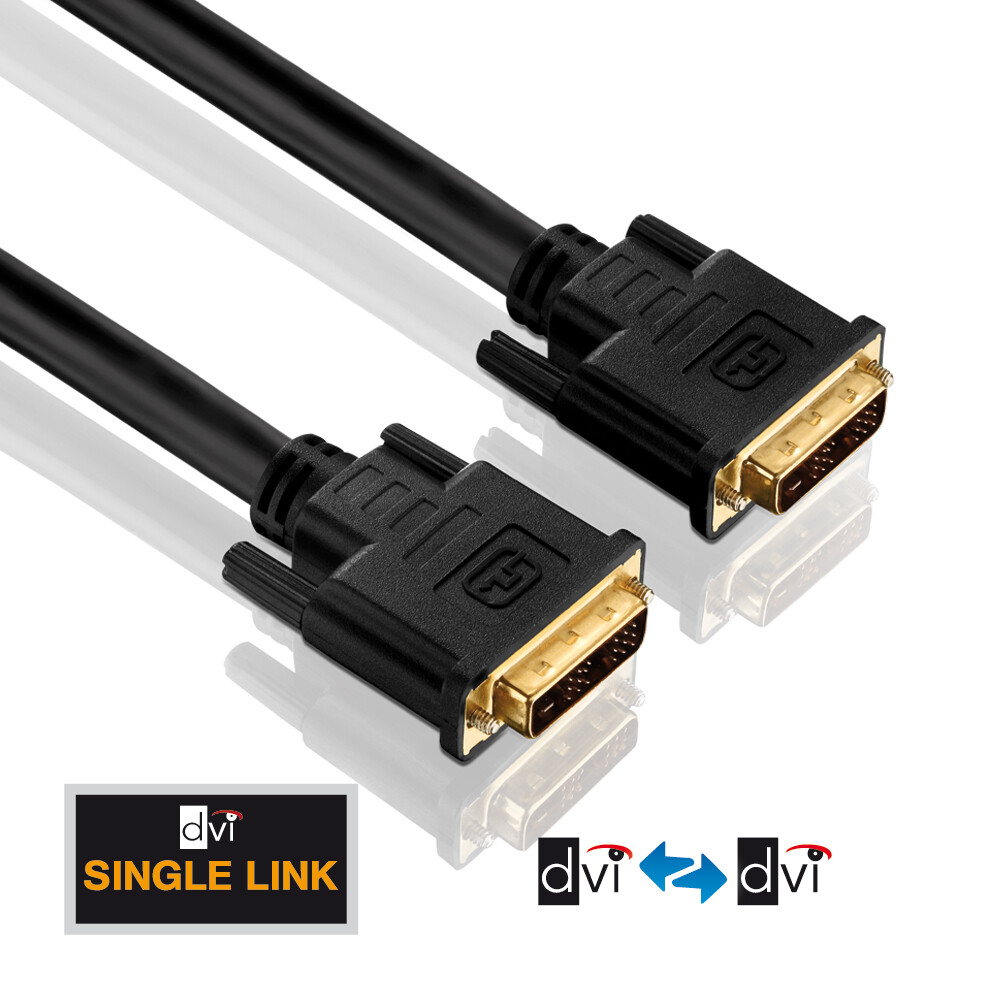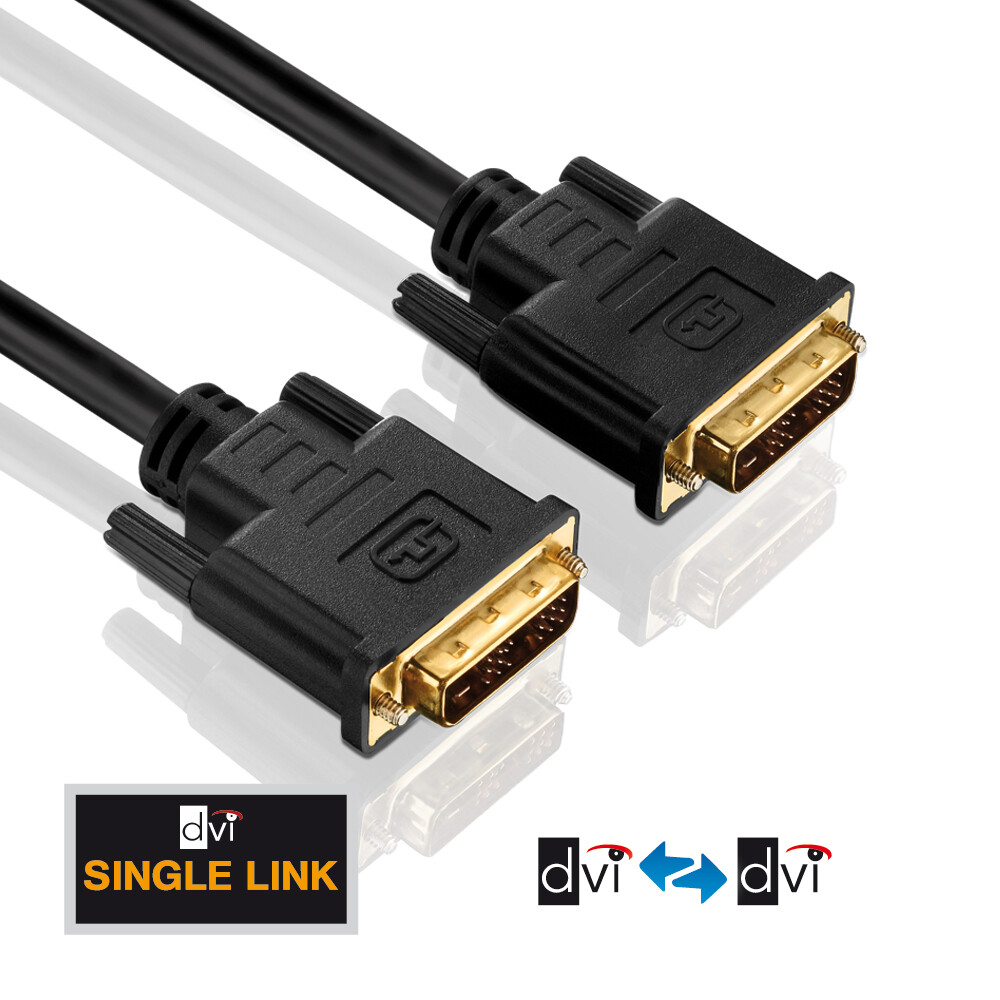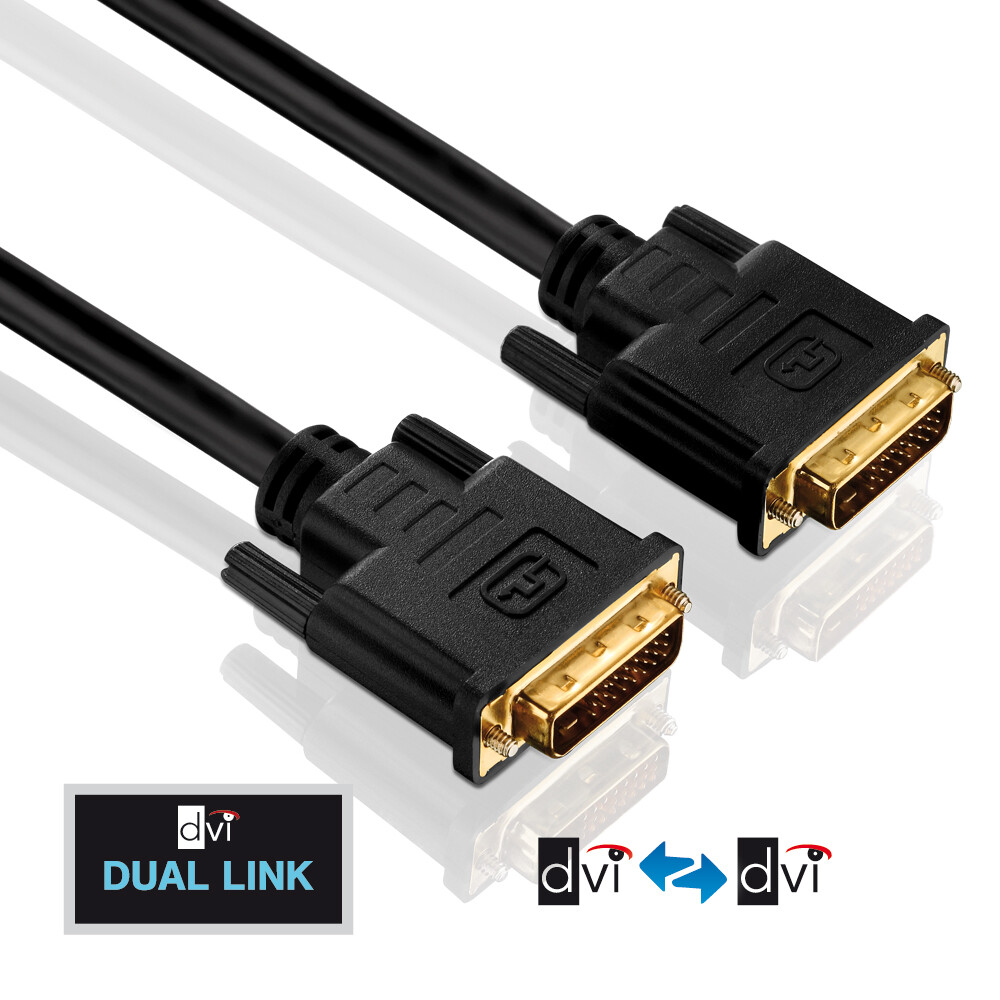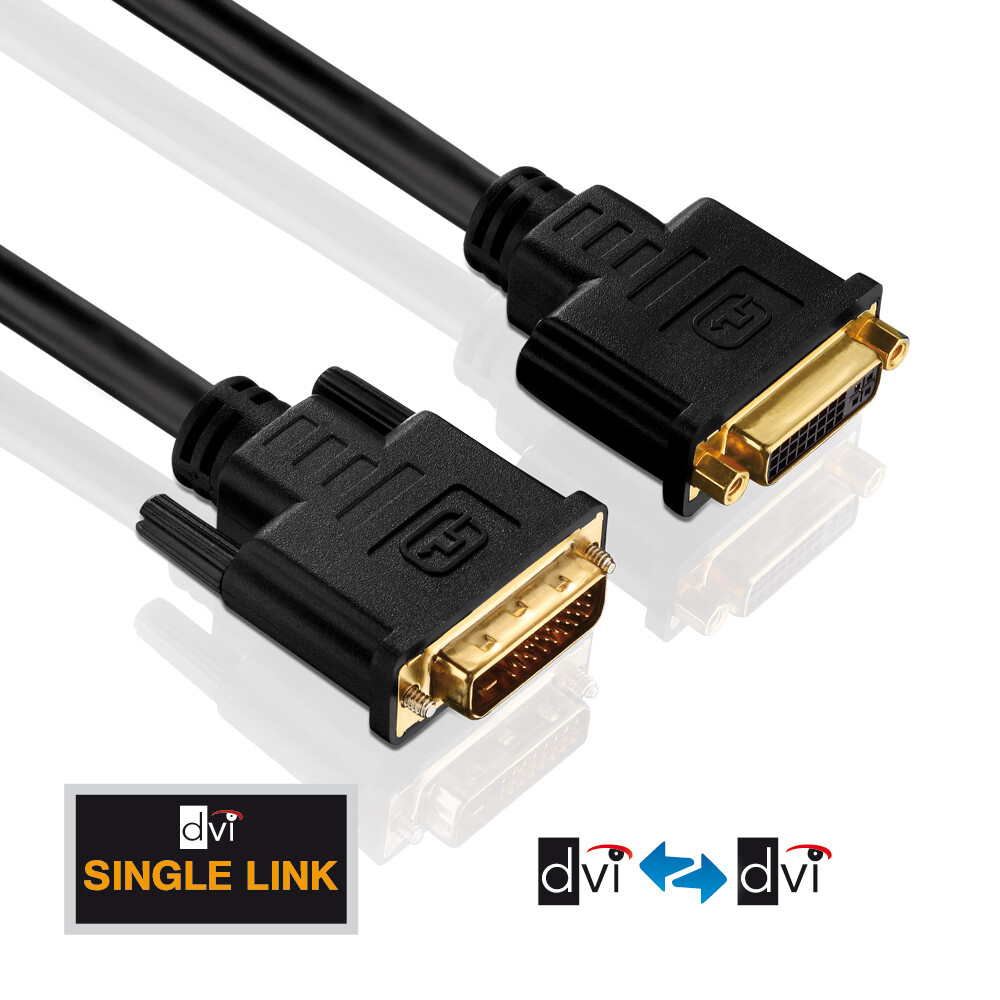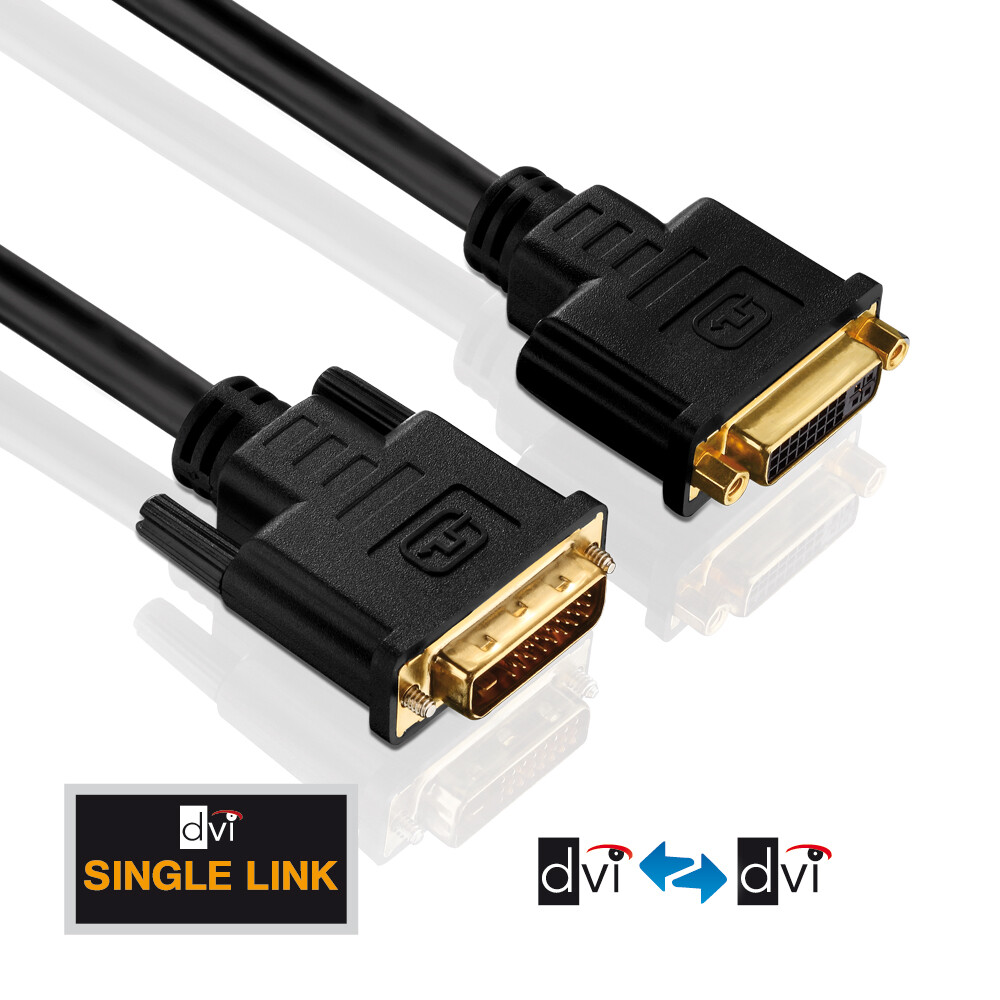DVI cable
The DVI cable helps you to transmit digital signals. Typical DVI sources are PCs and laptops. The DVI signal is gradually replacing the classic VGA cable, which only transmits analogue signals.
In our assortment you will find DVI cables up to 15 m long.
33 Products
Sort by:






